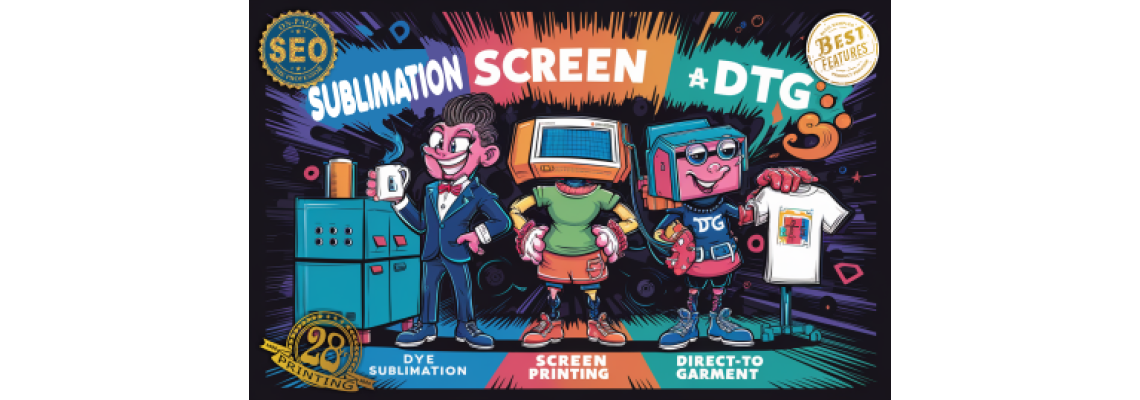
In the world of custom printing, choosing the right method is crucial for achieving the desired results.
Dye sublimation, screen printing, and direct-to-garment (DTG) printing are among the most popular techniques, each with its own set of advantages and applications. In this article, we'll compare and contrast these methods to help you decide which is best suited for your needs.Dye Sublimation Printing
Process: Dye sublimation uses heat and pressure to transfer dye onto a substrate, typically polyester or polyester-coated items. The dye turns into gas and bonds with the material at a molecular level, resulting in vibrant, durable prints.
Advantages:
- High-Quality Prints: Produces vibrant, full-color images with smooth gradients and fine details.
- Durability: Prints are resistant to fading, peeling, and cracking, as the dye becomes part of the material.
- Versatility: Suitable for a wide range of items, including apparel, mugs, phone cases, and more, as long as they are polyester or polyester-coated.
Limitations:
- Material Restriction: Requires polyester or polyester-coated substrates, limiting the types of materials that can be printed.
- Cost: Initial setup costs for sublimation printers and heat presses can be high.
Screen Printing
Process: Screen printing involves creating a stencil (screen) and using it to apply layers of ink on the printing surface. Each color requires a separate screen.
Advantages:
- Cost-Effective for Large Orders: Economical for large batches, as the cost per item decreases with volume.
- Versatility: Can print on a wide range of materials, including cotton, polyester, and blends, as well as non-fabric items like wood and glass.
- Durability: Ink layers are thick, making the prints durable and long-lasting.
Limitations:
- Setup Time and Cost: Requires significant setup time and cost, especially for multi-color designs, making it less economical for small runs.
- Design Limitations: Not ideal for highly detailed or full-color images due to the complexity of creating multiple screens.
Direct-to-Garment (DTG) Printing
Process: DTG printing involves using a specialized inkjet printer to apply water-based inks directly onto the fabric. The ink soaks into the fibers, allowing for detailed and vibrant prints.
Advantages:
- High Detail and Color: Excellent for detailed designs and full-color images with smooth gradients.
- No Setup Costs for Multiple Colors: Unlike screen printing, there are no additional setup costs for multi-color designs, making it cost-effective for small runs and one-offs.
- Quick Turnaround: Minimal setup time allows for faster production of small orders.
Limitations:
- Material Compatibility: Best suited for cotton and cotton-blend fabrics. Not ideal for synthetic materials.
- Durability: Prints are less durable compared to screen printing and dye sublimation, as they may fade or crack over time, especially with frequent washing.
Comparing the Methods
Print Quality:
- Dye Sublimation: Offers the highest print quality with vibrant colors and fine details.
- DTG Printing: Excellent for detailed and full-color prints on cotton fabrics.
- Screen Printing: Good for bold, simple designs with fewer colors.
Cost Efficiency:
- Screen Printing: Most cost-effective for large orders due to economies of scale.
- DTG Printing: Best for small orders and custom one-offs with no setup costs for multiple colors.
- Dye Sublimation: Initial setup can be costly, but ideal for high-quality prints on polyester items.
Durability:
- Dye Sublimation: Highly durable, resistant to fading and cracking.
- Screen Printing: Very durable with thick ink layers.
- DTG Printing: Less durable, prone to fading and cracking over time.
Material Compatibility:
- Dye Sublimation: Limited to polyester and polyester-coated substrates.
- Screen Printing: Versatile, works on a wide range of materials.
- DTG Printing: Best for cotton and cotton-blend fabrics.
Choosing the Best Option
When deciding which printing method to use, consider the following factors:
- Order Size: For large batches, screen printing is the most cost-effective. For small runs or one-offs, DTG printing is ideal.
- Material: If printing on polyester or polyester-coated items, dye sublimation is the best choice. For cotton fabrics, DTG is preferable.
- Design Complexity: For detailed, full-color designs, dye sublimation and DTG printing offer the best results. For simpler, bold designs, screen printing is effective.
- Durability Requirements: For highly durable prints, dye sublimation and screen printing are the top choices.
By understanding the strengths and limitations of each method, you can choose the best printing technique to meet your specific needs, ensuring high-quality, durable, and visually appealing results for your custom products.
Happy printing!Feel free to reach out if you have any questions or need further assistance with your dye sublimation printing projects.

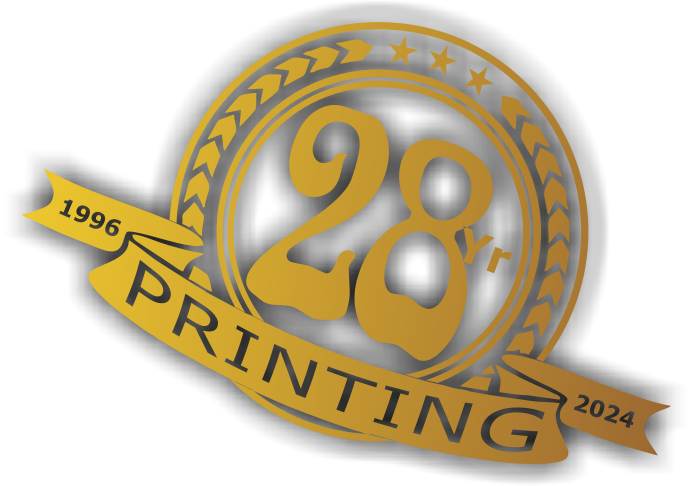 29 years of #TheProfessor
29 years of #TheProfessor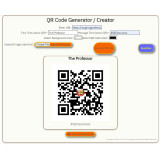
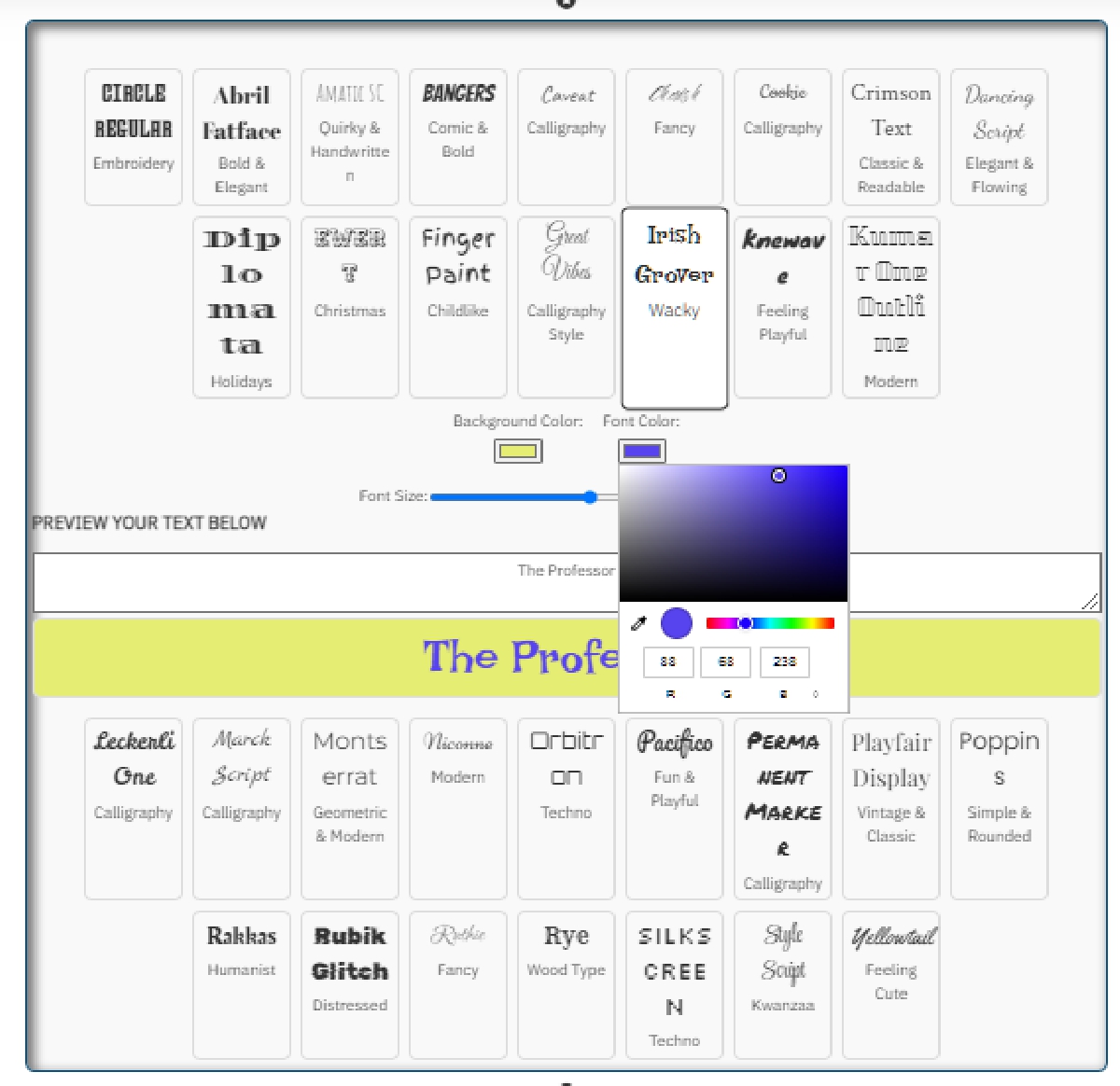
 12% rewards for affiliate members
12% rewards for affiliate members
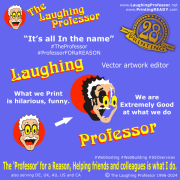
Leave a Comment